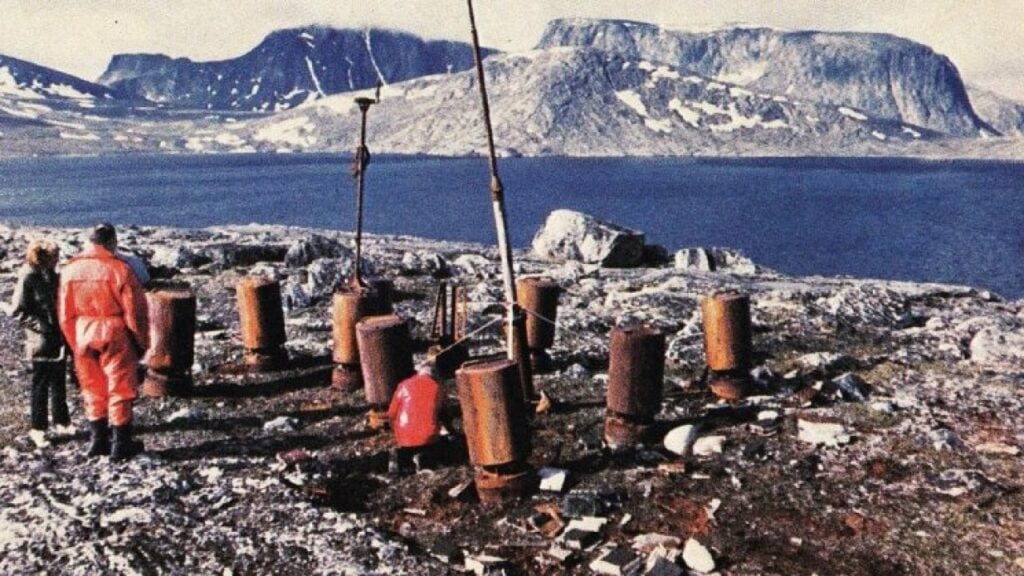We all know that World War II started when Nazi Germany, under the leadership of the infamous Adolf Hitler, invaded Poland on September 1, 1939. The war ended on September 2, 1945, when General Douglas MacArthur accepted Japan’s surrender. But before the end of the war, Germany erected a Weather Station in Canada. How were they able to do so?
Before the second world war ended, Germany secretly installed a weather station in Martin Bay, Newfoundland. To confuse any snoops, they scattered American cigarette packs and planted a sign, “Canadian Meteor Service.
Why Did Nazi Germany Need A Weather Station in the First Place?
When we talk about World War II, we know that countries fought for territory and domination. But the information was also essential at the time. As a result, several nations would conduct intelligence and counter-intelligence operations to get ahead.
While some would have their sights sets on more intricate details, the Germans were more interested in the basics. Weather forecasting was essential, especially for areas that are located in the Atlantic. The weather determined the success of any naval operation. With the right information, the military can plan and route their ship and its convoys efficiently, even in cold weather.
Aside from forecasting the weather, concealment was essential. By keeping the movement of their naval ships and submarines a secret, they can cover more ground. (Source: War History Online)
How Did They Start Building the Weather Station?
Before they were able to start the project, there were already 26 other stations. The Arctic and Sub-Arctic regions had 14 stations, 5 in the Barents Sea, and two are supposedly located in North America. Those unaccounted for are assumed to have sunk before reaching their destination.
U-537 headed by Peter Schrewe, left Germany on September 18, 1943. Aboard was the Wetter-Funkgerät Land (WFL) weather station which was developed by Siemens. It was given the code name Kurt. Along with the rest of the crew was Dr. Kurt Sommermeyer, a meteorologist, and his assistant Walter Hildebrant.
By October 22, 1943, the U-boat reached Martin Bay, Labrador, a province of Canada. Dr. Sommermeyer and his team got busy assembling the station a quarter-mile inland. The process of getting the station to shore was quite risky and complicated. It required several tools and systems to install the machines accurately. It took Dr. Sommermeyer’s team 24 hours to complete the installation. After installation, the crew departed Martin Bay.
According to the logs found, the station operated for two weeks. (Source: Heritage Daily)
When Did Others Discover the Weather Station?
Surprisingly, it wasn’t until 38 years later did anyone find out about the Weather Station Kurt. In 1977, Peter Johnson, a geomorphologist, was busy researching near Martin Bay when he stumbled upon the secret weather station. He initially thought it belonged to Canadian Military. So he marked it as Martin Bay 7 on his map.
During this time, a retired Siemens engineer, Franz Selinger, was writing the company’s history. He was able to find Sommermeyer’s notes and learned about the weather stations’ whereabouts. He immediately notified the Canadian Ministry of Defense.
By 1981, the WFL Kurt was officially discovered. It was later on dismantled and displayed at the Canadian War Museum in Ottawa. (Source: War History Online)
.”
